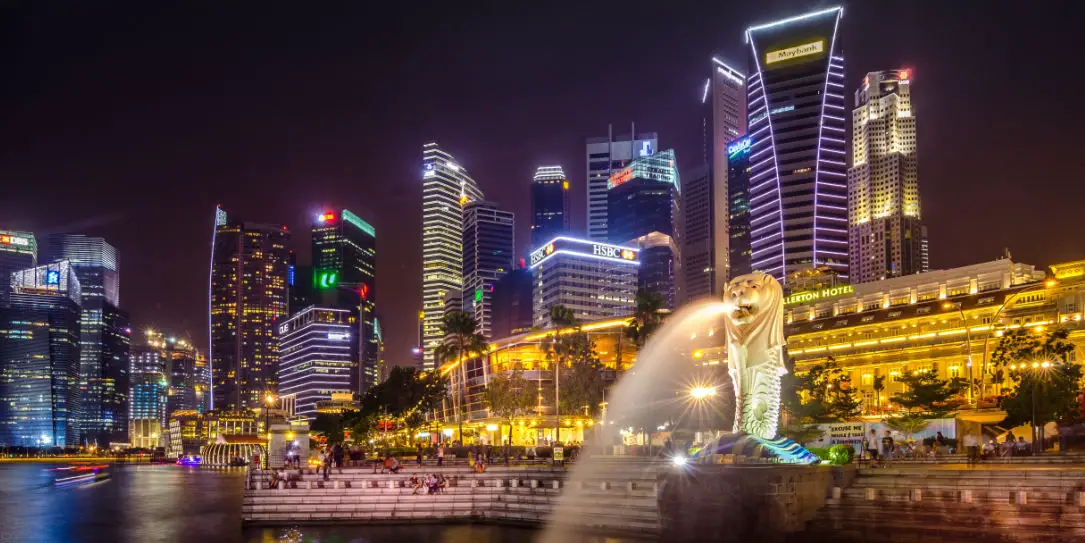You’ve heard of smartphones, but what about the smart city? With a rapidly increasing global population, metropolitan areas are feeling the strain. In fact, 2 in 3 people will be living in a major city by 2050. This is forcing cities to become more efficient and downright smarter.
The Internet of Things (IoT) is the main catalyst for advancement to the smart city. Cities are partnering with massive private companies like Cisco and IBM to implement changes on a macro scale. The IoT makes this possible because it connects the city to its resources and its citizens with up-to-the-moment information.
Apps are being developed to help commuters find open parking spaces to reduce driving time. Driverless, wireless vehicles are bolstering public transportation networks and reducing congestion. Smart grids are being installed that help cities and homeowners optimize their energy consumption. Emergency cameras are being installed for EMT teams to ensure they can take the fastest and most efficient route.
The most favorable part about smart technologies being applied to cities is that the possibilities are essentially endless. As wireless networks develop, so will smart grids. Although only available in select megacities at the time being, smart cities will become the modern standard of living quicker than some may think.
So how have cities who have already implemented this technology faired? Quite well.
Singapore, a city with nearly 6 million residents and massive business development, has saved 24-32% on heating and cooling systems yearly thanks to the implementation of the IoT. London has cut daily car use by 70 million by installing smart cameras to reduce congestion in the cities busiest areas. Beijing has reduced airborne pollutants by 20% by tracking its source and redirecting resources accordingly. Earthquake-prone cities are even setting up networks to detect and warn citizens about potential oncoming quakes.
Not surprisingly, investors are taking note of these trends as well. It’s predicted that by 2021 global investment in smart cities will reach $135 trillion.
As BigRentz explains, ultimately, cities are hoping to reduce development costs and living costs through these investments. With longevity and sustainability in mind, the upcoming decades will see a shift in the way people live in the world’s most populous places. They’ve created a visual below which thoroughly describes how cities will potentially look and work in the future.

What do you think of the smart city? Do you think you’ll have a smart city near you anytime soon? Let us know in the comments below or on Twitter, or Facebook. You can also comment on our MeWe page by joining the MeWe social network.
Last Updated on February 3, 2021.










